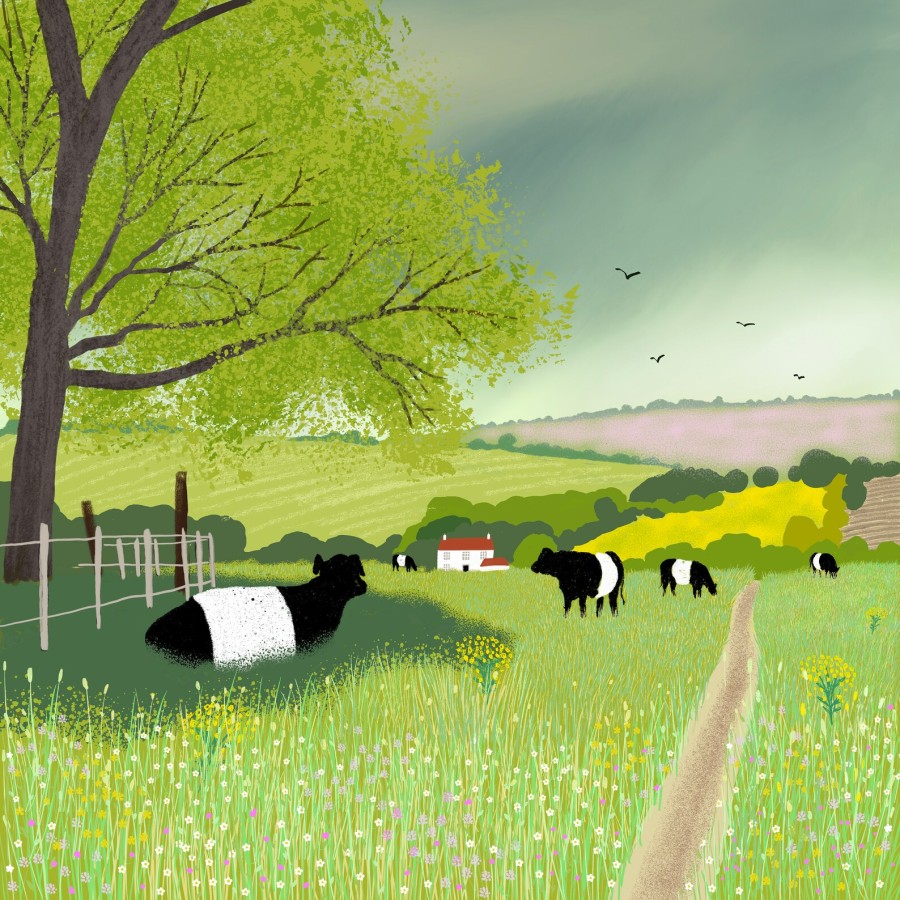The Wonder of Nature’s Long Migrations

Atlas of Amazing Migrations is an illustrated celebration of the mammals, birds, reptiles, fish, insects and even plants that battle through Earth’s toughest conditions to make extreme journeys.
Follow arctic terns on their 40,000 km journey between the North and South Pole, join monarch butterflies on their pilgrimage from Canada to Mexico, and learn how wildebeest, humpback whales, salmon and dragonflies migrate. Using the sun (or earth’s) magnetic field.
If you’ve ever been told off for eating with your mouth open, you’re in good company with the basking shark.
These massive sharks can be found all over the world in arctic and temperate waters, and migrate closer to the shore during summer where they ‘bask’ (swimming slowly with their large mouths open).
Swimming along in what looks like a suspended yawn is filter feeding to capture plankton. Basking sharks may be the second largest fish in the world, but boy do they keep to themselves.
The swift parrot is a bit of a showstopper, with a loud personality and equally loud plumage of felt-tip pen shades. This parrot is a zippy flyer, and can cover as much as 2000km a year.
They also do a fantastic job of spreading pollen, so it’s a true shame that an overlogging of blue gum has led to declines in this bird – there are now as few as 1000 swifties left in the wild.
Beautiful Hoopoes (our summer visiting birds!)

Hoopoes are beautiful birds with pink-brown bodies and crests, black bills and black/white wings.
Although it’s not native to England, around 100 birds often turn up here during their migration from Africa to Europe, usually found in southern England.
They are a Schedule 1 species, meaning they are highly protected under the Wildlife and Countryside Act.
Europe becomes a bustling hub for these extraordinary birds from March to June. They seek out open woodlands, orchards, and meadows, to find insects for growing families.
Their ideal breeding grounds often include old buildings and tree cavities, providing shelter and a safe environment for raising their chicks.
During the chill of winter, Hoopoes retreat to the balmier climates of Sub-Saharan Africa and parts of Asia. These regions offer the mild temperatures and abundant food sources Hoopoes need.
Whether in dry savannas or scattered woodlands, they find the perfect environment for rest and recovery away from the freezing European winters.
Monarch Butterfly Migration
Every year, millions of monarch butterflies set off from Canada and the northern US on an epic journey to Mexico. This migration covers up to 3,000 miles, ending in dense forests where tree branches can bend under the weight of so many butterflies.
Their orange and black wings fill the air like floating confetti, turning a simple forest into a glowing wonderland. This journey is at risk as habitats shrink, making each sighting even more precious.






